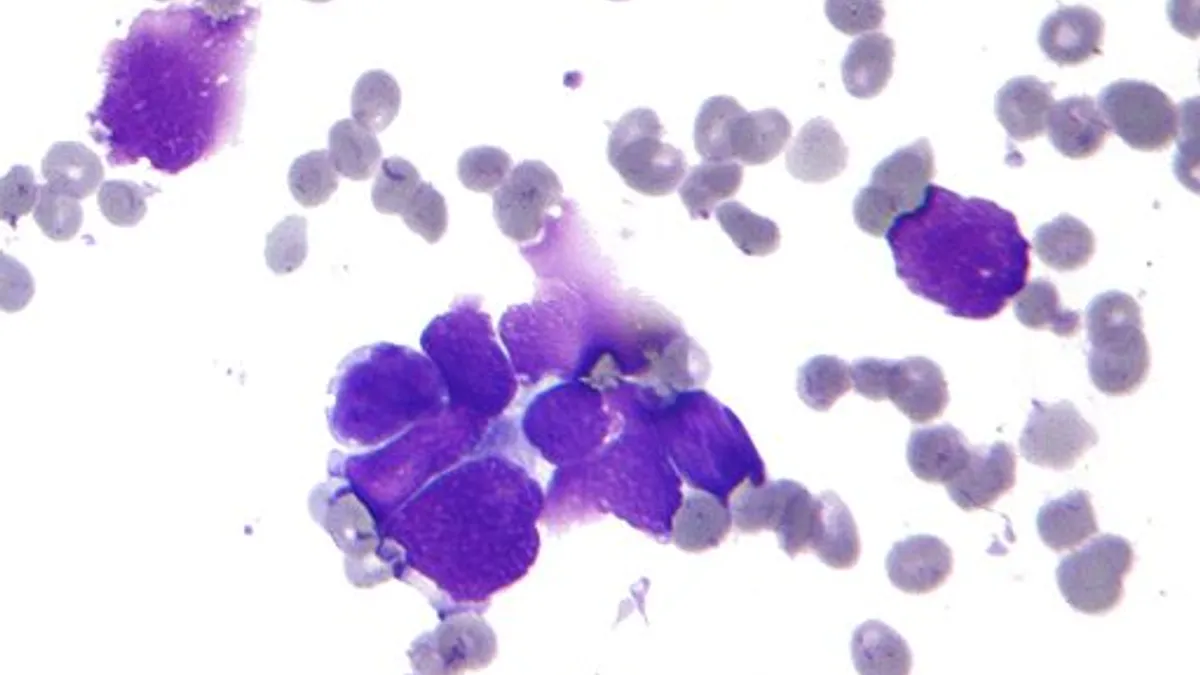Dive Brief:
- Intuitive Surgical announced Tuesday it received FDA clearance for its Ion system, which permits minimally-invasive biopsies in the peripheral lung.
- The system uses a thin robotic catheter, with an outer diameter of 3.5 mm, that can be steered through airways to reach nodules in any airway segment of the lung.
- The robotic surgery pioneer said it plans a measured U.S. rollout of the system with customer shipments beginning in the second quarter.
Dive Insight:
Advances in robot-assisted surgery are coming at a fast pace as use of the technology expands into new areas. Clearance for the Ion system follows last week's announcement that Johnson & Johnson plans to acquire robotic technology developer Auris Health for $3.4 billion, giving the medical products giant access to its Monarch Platform for diagnostic tests and bronchoscopic procedures targeting lung cancer.
Intuitive, maker of the da Vinci robot, last month predicted overall mid-teens procedure growth in 2019 and said it would boost investments to build its business in new markets including China, India and Taiwan. Procedure growth of 19% in the fourth quarter was driven by U.S. general surgery and thoracic procedures and the more mature gynecologic and urologic specialties. With competitors moving into medical areas as diverse as knee and spine surgeries with robotic offerings, Intuitive is also looking to innovate.
The American Lung Association estimates that lung cancer causes about 25% of all cancer deaths, with 154,050 Americans dying from the disease in 2018. Intuitive CEO Gary Guthart said the Ion system extends the company's focus beyond surgery, with the product allowing physicians to obtain tissue samples from nodules deep within the lung that are difficult to access.
The catheter can pass a biopsy needle through tight bends in the airways and can accommodate other biopsy tools such as forceps or cytology brushes if needed. Fiber optic sensor technology tells the physician the exact location and shape information of the catheter throughout the navigation and biopsy process, the company said.
The system is designed to integrate into existing lung nodule biopsy workflows and with existing imaging technology including fluoroscopy, radial-endobronchial ultrasound and cone-beam CT.










